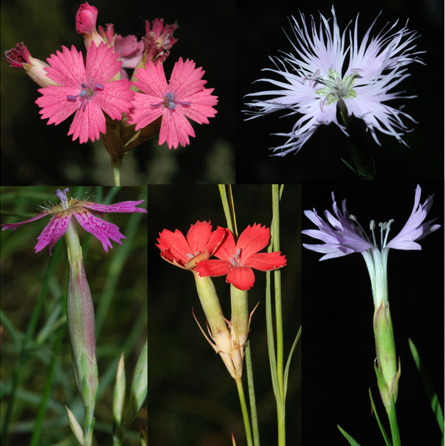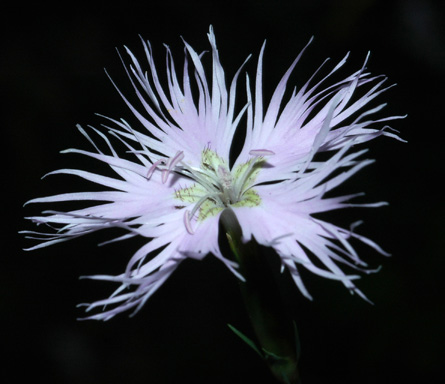- More than 2 years ago
The carnation isn’t just another prom wallflower. New analyses reveal the tuxedo decoration has a much wilder past.
European carnations and pinks, which belong to the large and diverse plant group Dianthus, form new species surprisingly fast, a new study finds. The quick pace suggests that Europe “has been underappreciated as a cradle of recent and rapid speciation,” researchers report in a paper to appear in an upcoming Proceedings of the Royal Society B.


“Europe is seen as not being a very exciting place for evolutionary events,” says evolutionary biologist and study coauthor Luis Valente of the Royal Botanical Garden in Madrid and Imperial College London. More exotic locales, such as the Amazon and tropical islands, are typically thought of as the hot spots of species diversity and are where “everyone wants to do their fieldwork,” he says.
The carnation genus is distributed throughout Eurasia and Africa and includes about 300 species. Of these, more than 100 species are found in Europe. To study how and when such remarkable diversity arose, Valente and his colleagues analyzed select genes of Dianthus samples collected from all over the world.
By finding genetic differences, Valente and his colleagues were able to see when new species originated. The researchers relied on plant fossils of known ages to date their analyses. Changes in traits such as petal shape and tube length can contribute to Dianthus speciation events.
In Europe, new Dianthus species have arisen at an overall rate of 2.2 to 7.6 species per million years, the team found. This rate matches or exceeds the most rapid ever reported in plants or terrestrial vertebrates, the researchers report.
What’s more, the researchers found that the rate of diversification was not constant. After a slow start, the rate jumped to seven or eight times higher during a period between 2.0 and 1.3 million years ago (during early half of the Pleistocene). This increase coincided with climate changes: Europe was drying out, and the region shifted from a humid environment to one that is wet in the winter and dry in the summer, much like California.
These results suggest a link between the bloom of new Dianthus species and dry summers. “We think there’s something specific about this climate that allows this rapid diversification rate,” Valente says.
Another reason for the high diversification rate might be the flowers’ unusual summer blooming pattern. The vast majority of Dianthus bloom in summer, rather than in the spring. Intense pressure to attract rare summer pollinators might have pushed the flower to change more often than other plants have.
The new findings are exciting, says plant biologist Bruce Baldwin of the University of California, Berkeley. The authors’ hypothesis that summer flowering patterns drive the high diversification is “very reasonable and right in line with what we know about plant evolution and Mediterranean floras.”






